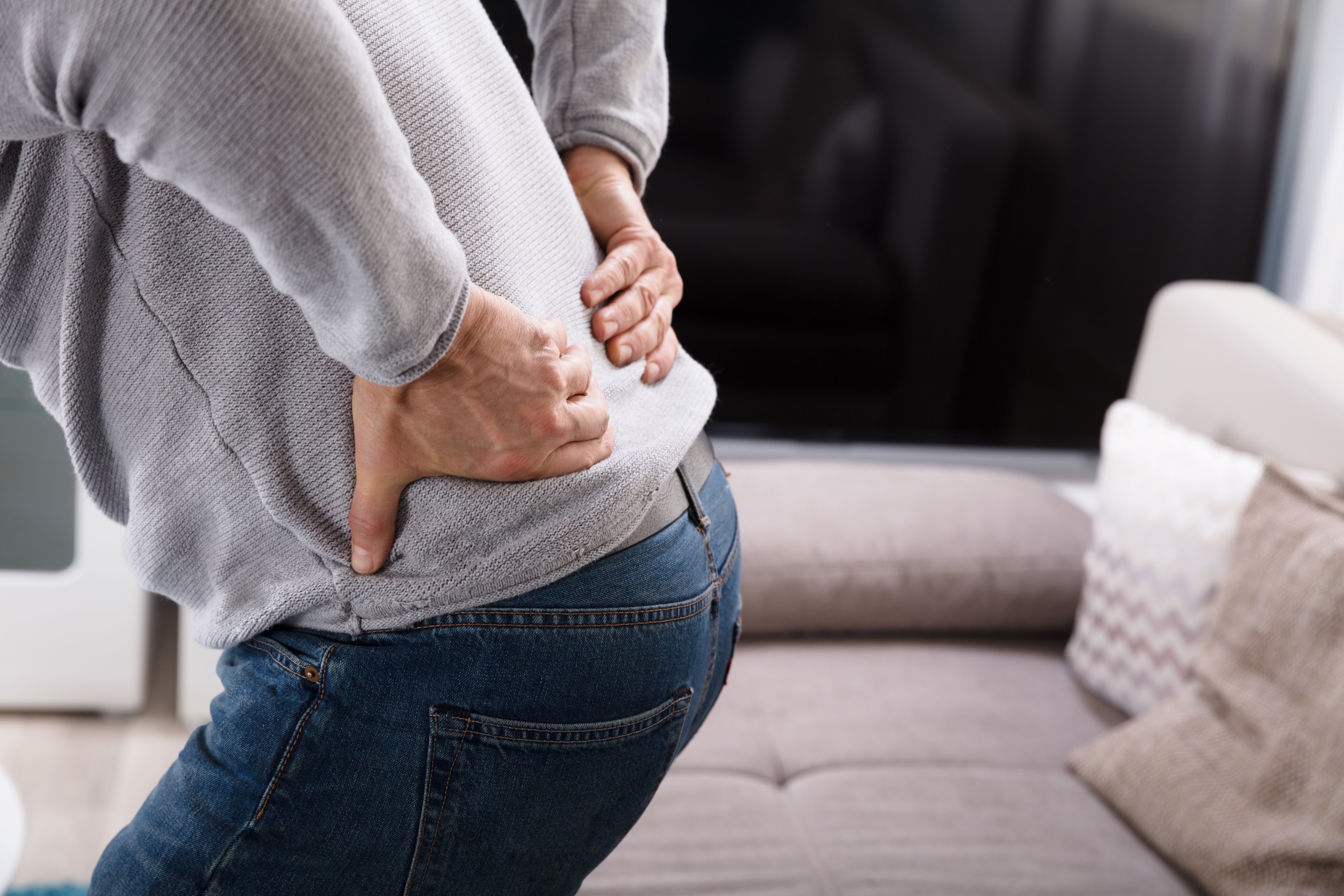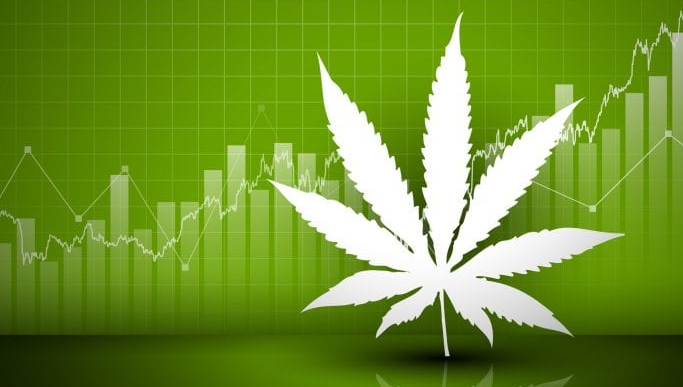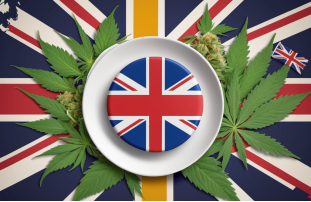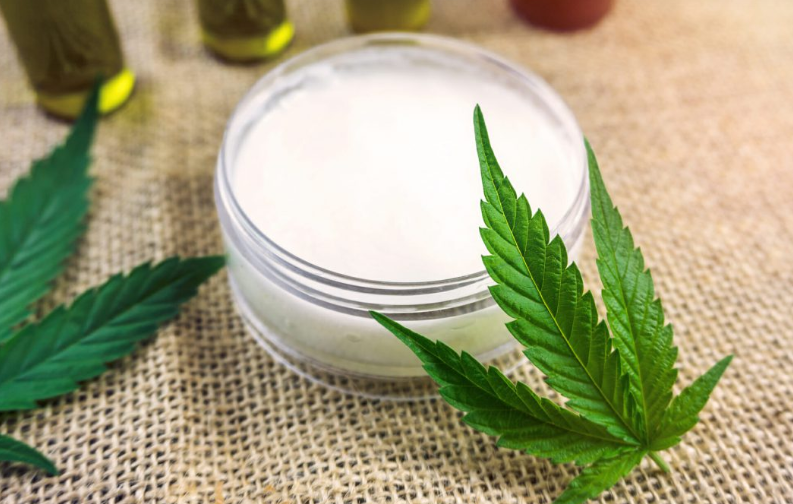New Study Shows Edible Cannabis Products Effective in Relieving Lower Back Pain
Do edible marijuana products help relieve lower back pain and disc problems? The answer is yes!
Edible Cannabis products are effective in relieving lower back pain and are considered by many patients to be reliable and long-lasting pain relievers.

Lower back pain is a common health problem faced by many adults 18 and older. According to the World Health Organization, 619 million people worldwide will suffer from lower back pain in 2020 alone.
Treatment of lower back pain is challenging. This is because the condition can be caused by a variety of factors, including musculoskeletal causes, poor posture, unhealthy lifestyles, obesity, injuries, stress, or medical conditions. Sometimes, more severe cases of lower back pain can be caused by fibromyalgia, arthritis, osteoporosis or other more serious conditions.
Prompt treatment of lower back pain is critical to improving a patient's quality of life, especially when it co-exists with other medical conditions. The lower back plays an important role in overall function and mobility; therefore, if left untreated, lower back pain can severely limit body movement and affect the organism's ability to perform sports as well as basic limb movements. In addition, it is very necessary to avoid complications.
There are several treatments for lower back pain, including physical therapy, medication, and also lifestyle change therapy, depending on the cause. However, researchers have found through trials that marijuana is particularly effective in treating a range of pain conditions, especially lower back pain.
Cannabis Foods Help Ease Lower Back Pain
In a recent study conducted in Boulder, Colorado, researchers found that THC-rich cannabis foods were highly effective for patients suffering from lower back pain.
Researchers at the University of Colorado at Boulder analyzed the effects of three types of edible cannabis products: those high in THC, high in Cbd, and those with a balanced amount of CBD and THC, respectively.249 participants suffering from lower back pain took the products, which were administered over a 2-week period. Researchers assessed patients' subjective mood and pain intensity at the end of the trial.
The report states, “In all three broad product groups, pain intensity decreased over time after consumption of cannabis foods.” However, the most significant improvements were observed in patients who consumed high-THC cannabis foods, while patients who consumed high-CBD cannabis foods reported “short-term tension relief.”
The trial authors concluded, “These findings support the short-term analgesic effects of THC and the anxiolytic effects of CBD.” They also added that the findings suggest that “edible cannabis products may be a safe and effective alternative pain relief therapy for those wishing to replace traditional pain medications.”
Support from more research
A growing body of medical literature and scientific trials supports the effectiveness and safety of medical marijuana for lower back pain.
A 2018 Israeli study focused on 31 fibromyalgia (FM) patients suffering from lower back pain. Researchers analyzed the analgesic properties of nebulized inhaled cannabis and compared it to opioids.Patients who inhaled low-potency THC (less than 5%) were treated for at least 6 months. Afterward, patients reported greater improvement in pain when treated with cannabis compared with opioids.
Patients also reported that their range of motion improved with cannabis treatment, but a similar condition was not observed with opioid treatment.
The authors conclude, “This observational crossover study suggests that Medical Cannabis therapy (MCT) has advantages over standard analgesic therapy (SAT) for fibromyalgia (FM) patients with lower back pain (LBP). Further randomized clinical trials should assess whether these results can be generalized to the entire fibromyalgia (FM) patient population.”
Cannabis Foods Are Better for Pain Relief
While there are many cannabis-related products and methods available for use in treating pain, many patients prefer to use cannabis foods. Compared to e-smoking, cannabis cigarettes and topical products, cannabis food is superior for long-term pain relief because the cannabinoids in cannabis food are metabolized through the liver.
As a result, cannabinoids enter the bloodstream at a much slower rate, providing patients with four to eight hours of pain relief. Whereas other methods of ingestion may only provide one to three hours of relief.
Additionally, THC is metabolized in the liver to 11 hydroxy THC. this metabolite is more potent than THC and can provide more effective pain relief. Edible marijuana products have other benefits as well; they have a slower but more even onset of action and do not cause irritation to the lungs. Sublingual tinctures and oils are also effective after edibles and can also last up to eight hours. Other alternatives are capsules and pills.
Conclusion.
Cannabis products, especially edible products or tinctures, have been shown to be effective in helping patients reduce the intensity of their pain while undergoing treatment for lower back pain. Currently, the analgesic properties of both THC and CBD have been well-studied. Depending on the patient, THC alone or CBD alone, or a combination of both, can be effective in reducing pain caused by a variety of factors.
Cannabis is known to interact with the body's endocannabinoid system to both effectively treat inflammation and pain while promoting homeostasis. While many medications are indeed effective in treating pain, they fail to address the underlying cause - inflammation. Fortunately, with THC and CBD products now available, people can find relief from the torment of lower back pain.
Depending on the severity of a patient's condition, and whether or not other disease symptoms are involved, people can safely use edible cannabis products to reduce lower back pain and improve their overall quality of life.
If you have any questions, be sure to contact a medical professional who has experience using marijuana for pain management.












